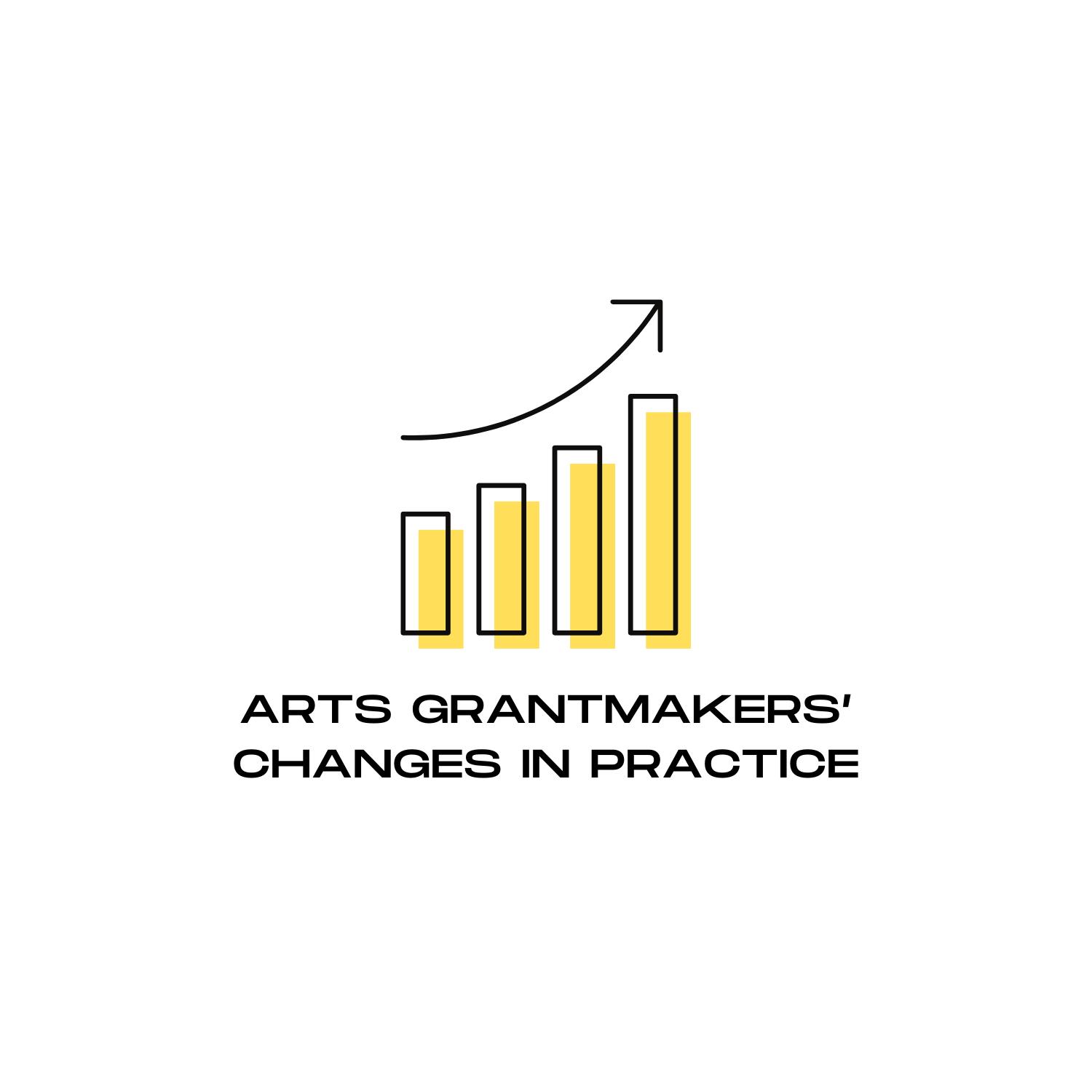GIA is advocating for policies that increase the amount of assets that people with disabilities can hold while remaining eligible for public benefits because disabled artists – indeed, all workers – deserve to get paid for their work and to build savings, even when circumstances – like a disability – prevent them from working a conventional fixed role or schedule. GIA is advocating for disability justice for artists and for all as part of our valuing of intersectionality.
Eddie's Blog
GIA is sharing this blog post to as in introduction to the collaborative Racial Equity Grantmaking Coding Project being led by Doris Duke Charitable Foundation (DDCF) with Callahan Consulting for the Arts (CCA) and a cross section of grantmakers nation-wide. You may find more information here and apply to join this cohort here by November 1, 2023.
We believe that what we count counts. GIA is participating in the Racial Equity Grantmaking Coding Project, the culmination of research led by Doris Duke Charitable Foundation (DDCF) with Callahan Consulting for the Arts (CCA), for just this reason.
This pandemic and the ongoing murders of Black people by the state has made eminently visible a crisis as old as the nation itself – structural racism. Our national grantmaking field has used this historic moment to increase support to Black, Indigenous, and People of Color (BIPOC) communities, as we should. With that said however, the national grantmaking field is already expressing some ambivalence about maintaining these changes going forward.
Grantmakers in the Arts (GIA) believes that artists are workers, who deserve to be treated as such. GIA also believes that public policies and practices must be strengthened so that our nation treats workers, including independent contractors and gig workers, with the respect and dignity they deserve.
Between 10-30% of workers are independent contractors or gig workers — in other words, self-employed and contracted to perform work for or provide services to another entity as a nonemployee. Many artists fall into this category, including the teaching artists who steward our children’s education and imagination. These workers don’t qualify for employer-based benefits like health care and paid leave, and growth in this category has contributed to a long-term decline in the percentage of unemployed workers eligible for unemployment insurance.

In late 2020, Grantmakers in the Arts shared findings from a survey of our members. The survey revealed that arts grantmakers were increasing their giving, flexibility, support for artists, and support for BIPOC organizations in response to the pandemic and movement for Black lives. This is the second part of the follow-up to that survey. Read the first part here.
Increased Support for Individual Artists
As was the case with increased support and flexibility, GIA’s survey respondents have increased their support for individual artists and cultural workers beyond their earlier projections.
In late 2020, GIA shared findings from a survey of our members that revealed that arts grantmakers were increasing their giving, their flexibility, and support for BIPOC artists and organizations in response to the pandemic and movement for Black lives.
In dialogue with “Backlash: A Sharp Right Turn by a Philanthropy Member Organization,” an excellent piece from Phil Buchanan, president of Center for Effective Philanthropy, I offer this continuation of my more recent President’s Blog post.
In his recent blog post, Backlash: A Sharp Right Turn by a Philanthropy Member Organization, Phil Buchanan, president of Center for Effective Philanthropy, calls out the current critique of pro-BIPOC philanthropy.
We at Grantmakers in the Arts are delighted to present Solidarity Not Charity: Arts & Culture Grantmaking in the Solidarity Economy – a report by Natalia Linares and Caroline Woolard, commissioned by GIA with support from the William and Flora Hewlett Foundation, Kenneth Rainin Foundation, and the Barr Foundation.
Like so many of us, we’ve been focusing much of our efforts here at GIA on what our future might look like. In the face of injustices like the racialized impacts of the pandemic and murders of Black people by the state, we must continue to center our values in all our work, as we explore new ways to share our work.
On behalf of GIA’s team and our membership, I am writing this blog post as a response to Quanice Floyd’s recently shared article, The Failure of Arts Organizations to Move Toward Racial Equity. First, to Quanice – Grantmakers in the Arts hears you. Your statement offered our community the opportunity and charge to reflect deeply, specifically about power.
